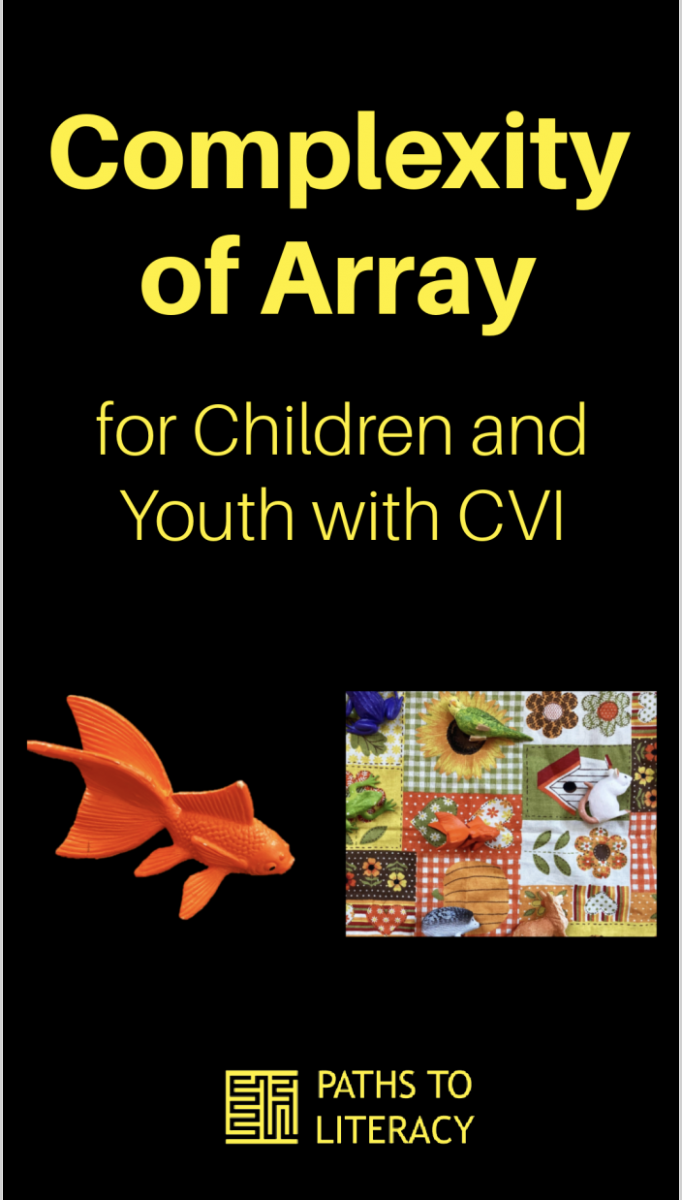Complexity of Array for Children and Youth with CVI
What is Visual Complexity?
Difficulty with Visual Complexity is one of the 10 characteristics that impact the visual functioning of individuals with CVI. To learn more about each of the characteristics, see: Cortical Visual Impairment and the Evaluation of Functional Vision.
There are four types of complexity which are assessed using the CVI Range (Roman-Lantzy, 2007; Rev., 2018):
- Complexity of target/object: Objects and visual targets have varying levels of complexity. Factors may include level of visual detail, overlapping visual features, and whether the object has one single color or multiple colors.
-
Complexity of the array: Array can be described as the combination of either 3-D or 2-D items/targets on a surface or in the individual’s field of viewing.
- 3-D array: For example, multiple objects on a table/floor at once, a visually cluttered background as in a very busy cluttered room, objects placed on a patterned table mat or rug, objects in a basket that are touching each other and overlap visually
- 2-D array: The extent to which images or other 2-D targets are placed in combination, or against busy backgrounds. For more information and a specific product for assessing 2-D complexity of the array, see the CVI Complexity Sequences, eBook and Interactive Cards from American Printing House for the Blind (APH).
-
Complexity of the sensory environment/Multi-sensory complexity: Internal and external multi-sensory input that impacts a child’s ability to simultaneously use vision, for example:
- External: Ambient or other background noise, lighting, temperature
- Internal: Positioning (stable/unstable, especially for children with low muscle tone, hunger, pain or other biophysical factors)
- Complexity of human faces: Children with CVI may have difficulty making eye contact or regarding/shifting toward familiar or unfamiliar faces, with or without auditory input/speech.
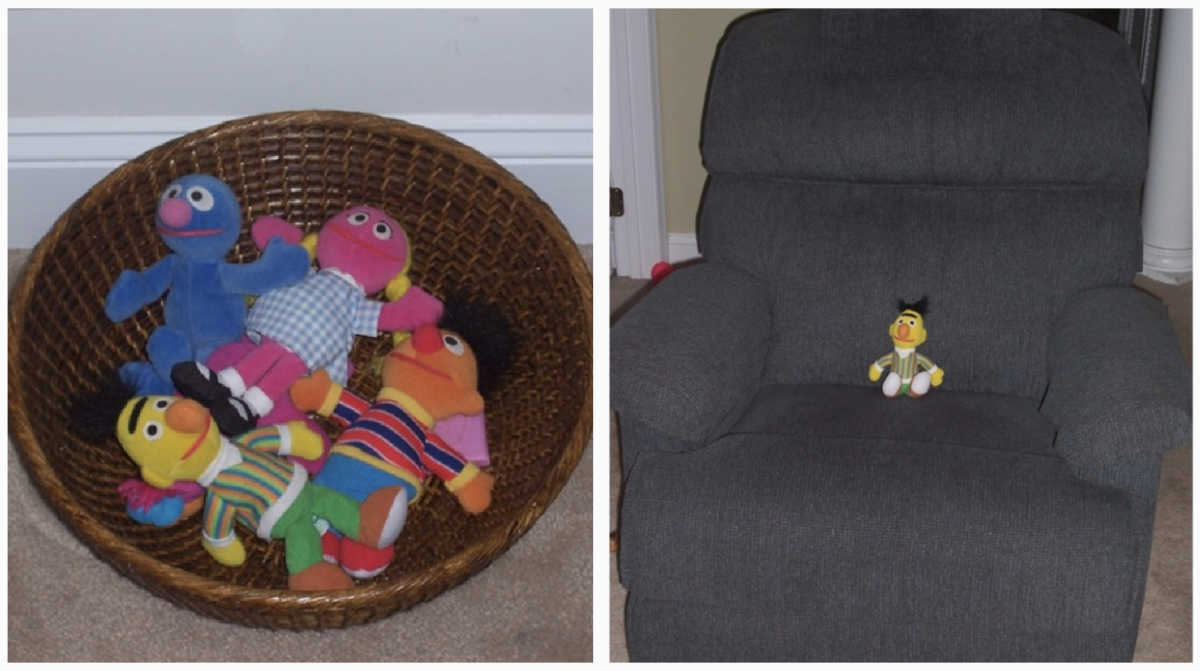
Assessment of Complexity of 3-D Array
Tips in the direct assessment process:
CVI Range assessment (Roman-Lantzy, 2007; Rev., 2018) consists of three main components: family interview, observation, and direct assessment. There is no “one size fits all” approach to the components of assessment, but rather the assessment process needs to be individualized for each child, depending on their experiences and preferences, their interest in various objects, and their overall development. Matt Tietjen’s “What’s the Complexity Framework” offers a comprehensive rubric for understanding and evaluating the various factors impacting complexity of (1) tasks and (2) the environment.
For professionals conducting CVI Range assessment, it is useful to draw from examples of how to assess each type of complexity. Below is an example for specifically assessing complexity of the array of 3-D objects. Try some of these steps, and individualize based on the child’s unique preferences and experiences. The goal is to determine at what point the complexity of the array of objects becomes too difficult for the child. We don’t want to frustrate or confuse the child by presenting too much that is above their skill level, but we want to gain a better understanding of how various levels and combinations of complexity of the array affect visual responses. You can also adapt the presentation of the materials to elicit visual response when the child shows difficulty in finding the target object; for example, when the child has difficulty with a certain level of complexity, try shining a flashlight on the object, covering one of the objects, or adding movement (the object itself or the flashlight).
The size of objects is not as important as the array. Whether the array is blank vs. colored or patterned will matter more than what the size of the object is. It’s still important to try different sizes of objects, in order to learn more about the child’s functional abilities and preferences.
This is not a strict sequence, but rather it is a rough progression of how to increase the complexity of array (of 3-D objects) to find out where your child/student’s skills fit. Try these things in different ways, so that the child is motivated and interested in the activity. If the objects and materials in the example below are not relevant or engaging for your child, you may adapt these to be more appropriate and child-centered. For example, this could be done in a functional routine, such as mealtime using snacks (e.g., goldfish snacks or cheez-its [bright, solid colors]) various patterned placemats and a bowl or cup. Find something that the child cares about and use your own ideas of how best to present materials in the same type of way.
Sample Sequence
- Start with a very visually easy “target object”: a solid single-colored object in a preferred color, against a simple/black background.
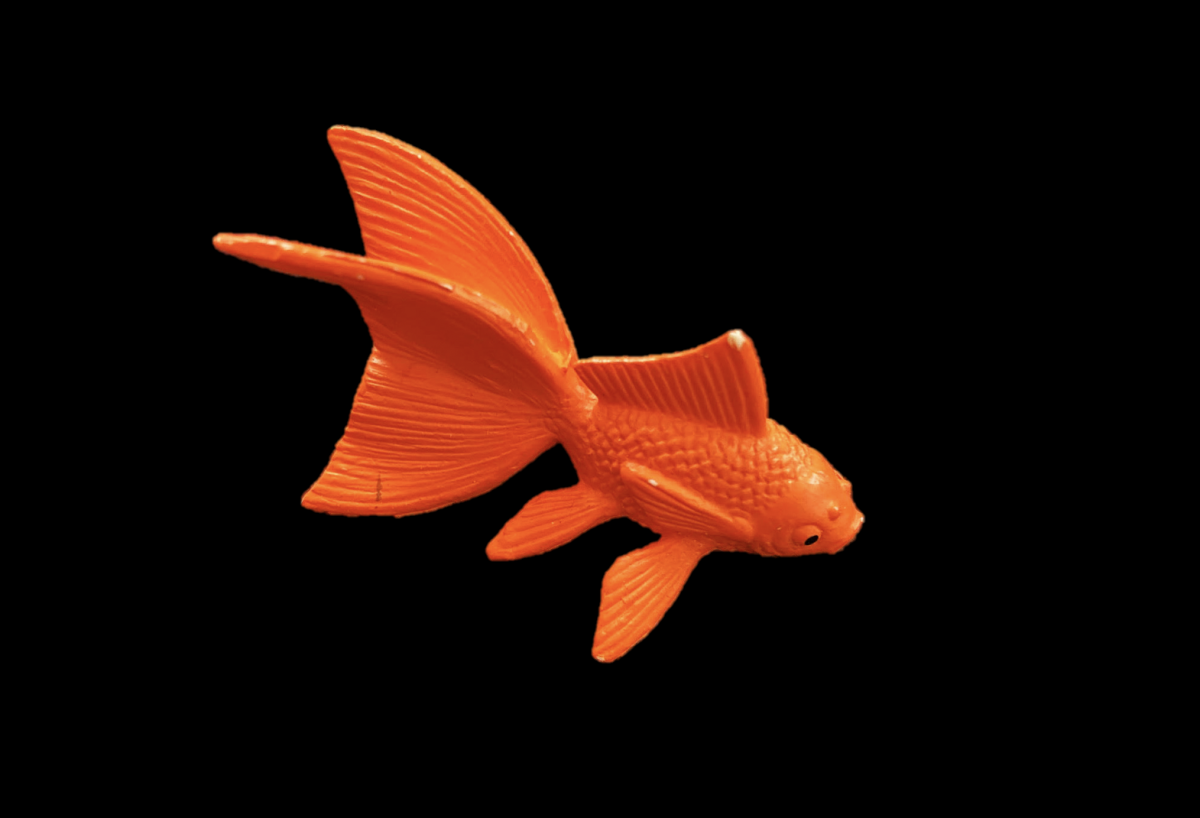
-
Introduce the same object against a black background, this time adding more similar sized objects in different colors (not the same color as the target object); Make sure there is at least 1” spacing between objects in the array.
- Start with no more than 2-3 objects;
- Then, 4-6 objects in the array;
- Gradually increase the array with more than 6 objects.
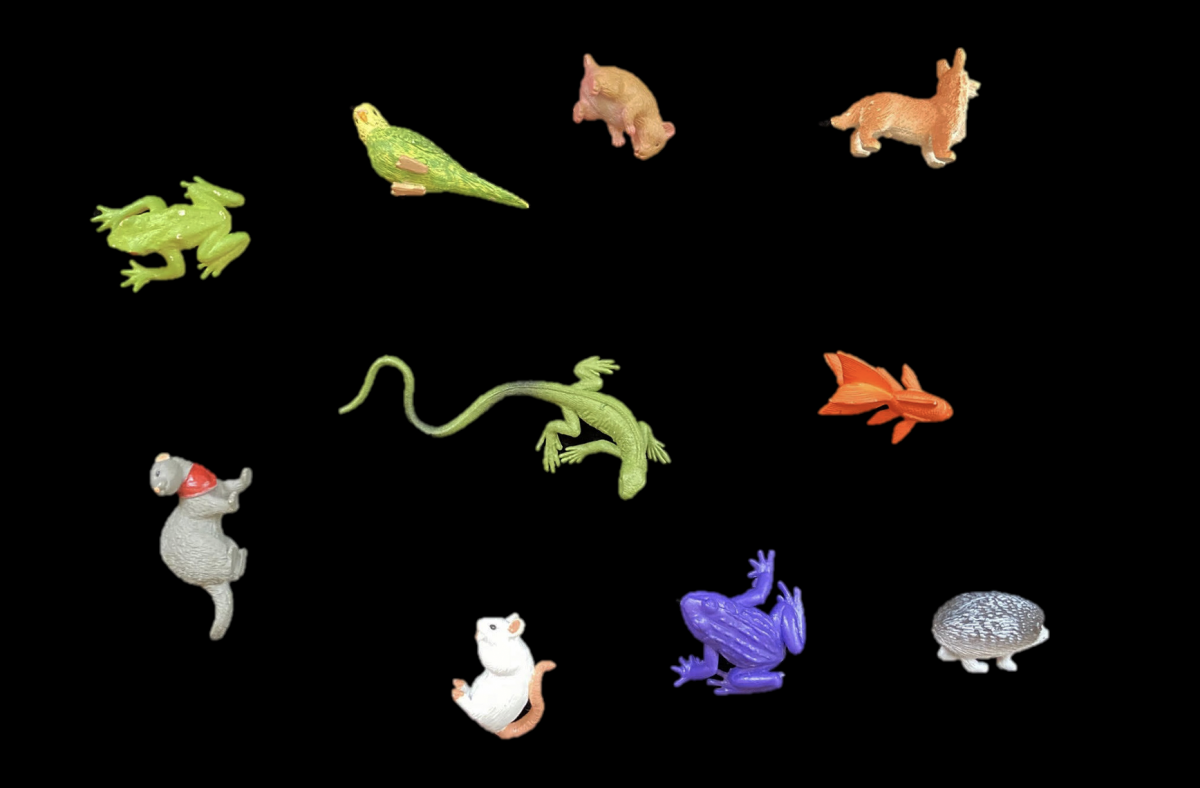
- Repeat steps 1-2 with a patterned background against which the target object still “pops out” visually (for example, an orange object “pops out” against a blue-patterned background, but not against an orange and yellow patterned background).
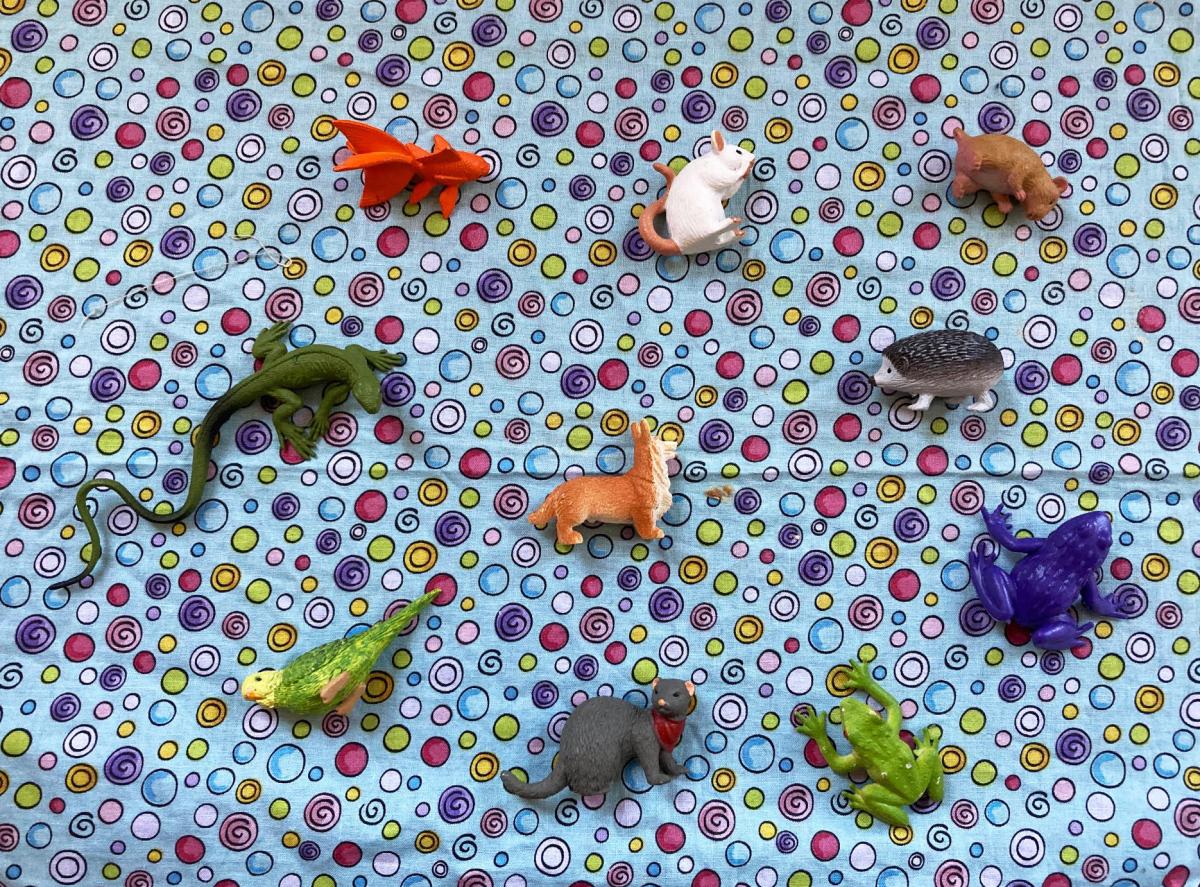
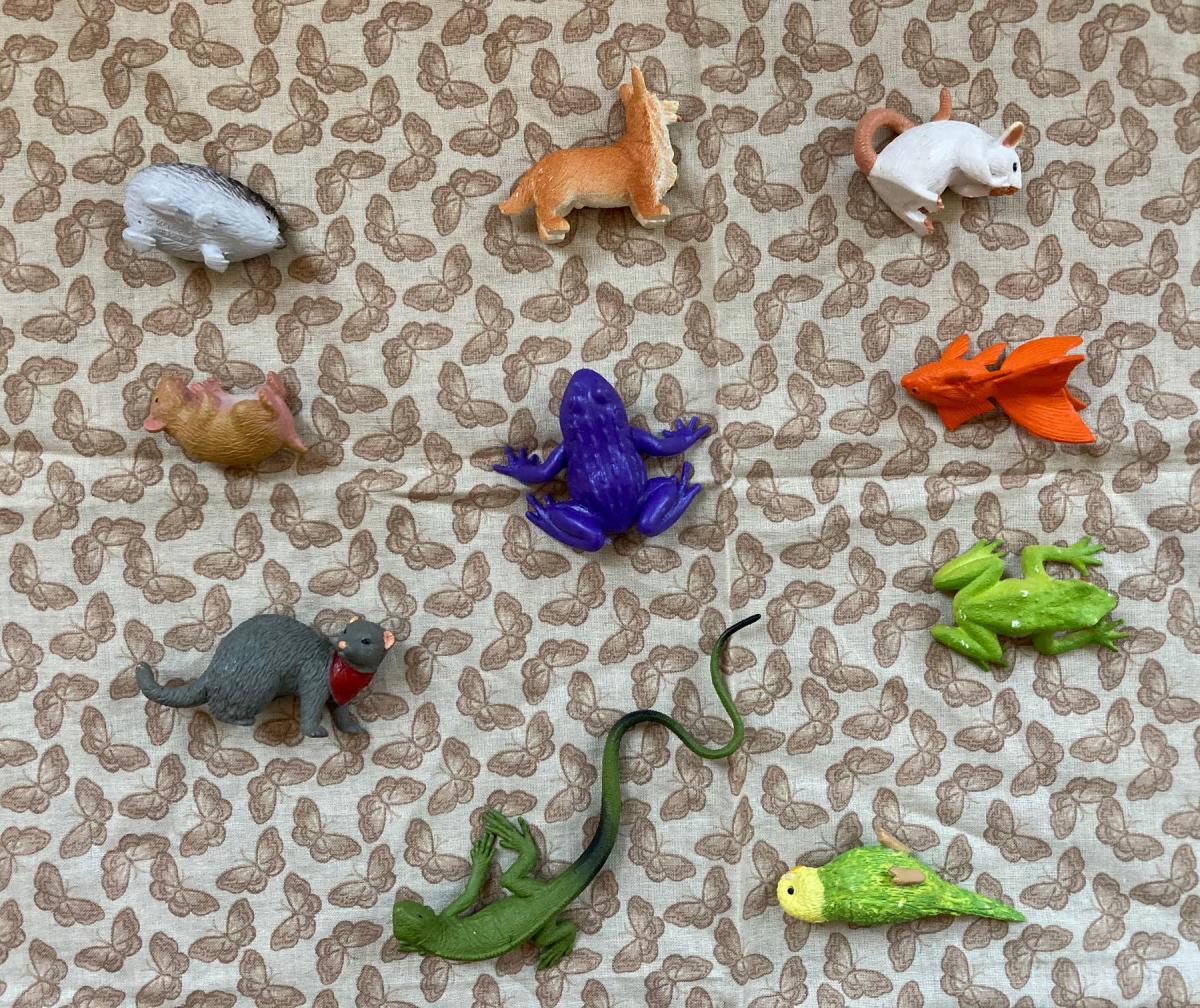
- Repeat steps 1 and 2 with a patterned background that is camouflaged or has similar colors to the target object
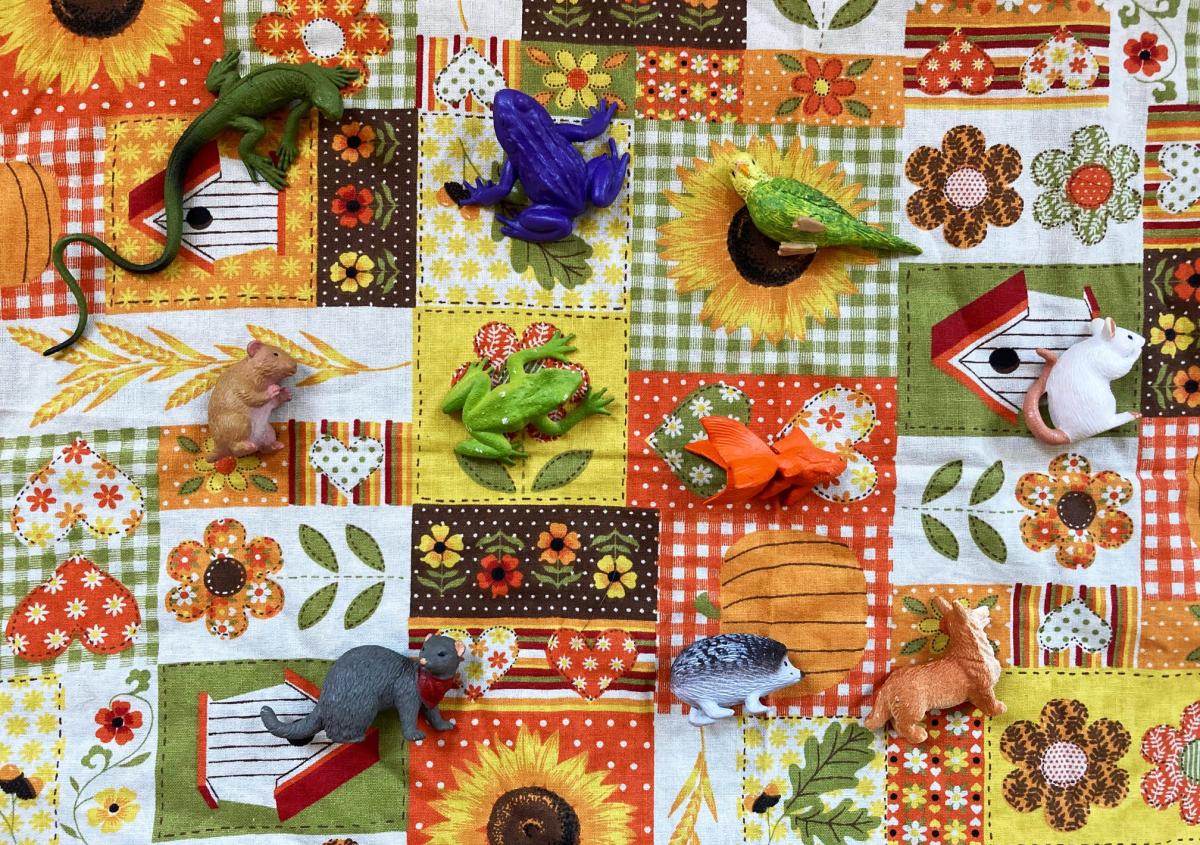
- Repeat steps 1-4 with unfamiliar objects and objects that have similar colors/characteristics (e.g. color) to the target object.
- Try the same thing with multi-colored objects.
Note: You can also adapt the presentation of the materials to elicit visual response when the child shows difficulty in finding the target object; for example, when the child has difficulty with a certain level of complexity, try shining a flashlight on the object, covering one of the objects, or adding movement (the object itself or the flashlight).
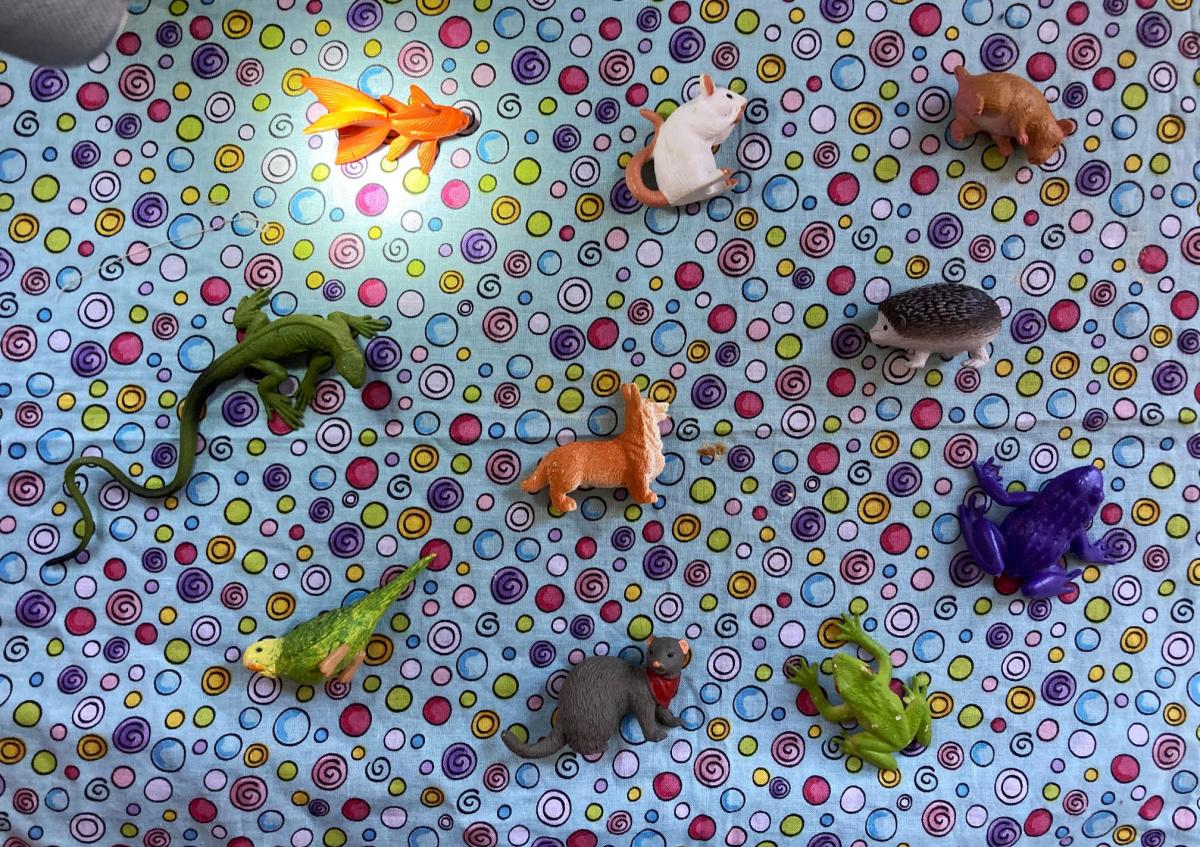
Frequently Asked Questions
Does it affect students in each Phase?
A child in Phase I may not be able to visually regard even a single-colored object against a black background. The above example is geared towards children in early Phase II through Phase III of CVI. The background can be made more and more complex for students in Phase III. Note that the above example is an assessment of 3-D complexity, and that separate 2-D assessment is also critical in late Phase II and Phase III.
How do I know that my child/student is looking?
“Looking” can mean many things, and an individual with CVI does not always look directly at a visual target. Visual regard refers to looking that is indirect, brief or fleeting, including using peripheral vision (a preferred field, such as right or left) to visually engage with a target. This is different from visual fixation, which involves direct “eye to object contact,” and the use of central vision to focus on a target. Visual fixation, or eye to object contact, does not typically occur until roughly 4-5 (mid-Phase II) on the CVI Range. Prolonged visual fixation refers to a fixed eye to object contact that lasts at least 3 seconds.
Looking is different from interpreting or understanding what one is seeing. These additional visual processing skills (recognition, identification, discrimination) are also important, but can be addressed separately from the initial behavior of “looking at” or “regarding” a target.
Looking does not require motoric skills associated with reaching or touching. A child can look at something even if they are unable to extend their arm, point, or grasp. Difficulty with Visually Guided Reach is one of the 10 CVI characteristics, and is also assessed on the CVI Range.
What are the implications for visual functioning?
Complexity of array typically makes it difficult for individuals with CVI to visually locate items that are placed against complex backgrounds. This can be a challenge during any activity of daily living, such as locating food on a multi-colored placemat or an article of clothing on a patterned bedspread. Academic tasks vary greatly, and modifications will depend on the child’s overall developmental level.
Results of this example of direct assessment will help to determine what degree of complexity of the array of 3-D objects a child should currently be given, across various activities.
Reporting Results on the FVA
The CVI Range (Roman-Lantzy, 2007; Rev., 2018) Ratings 1 and 2 is used to determine specific results for all 10 characteristics.
After direct assessment, the information you have gathered should be included in a broader report looking at each of the characteristics. The Template for Functional Vision Assessment (FVA) for Students with CVI can be used as a model or guideline to write up your findings.
Where can I learn more?
